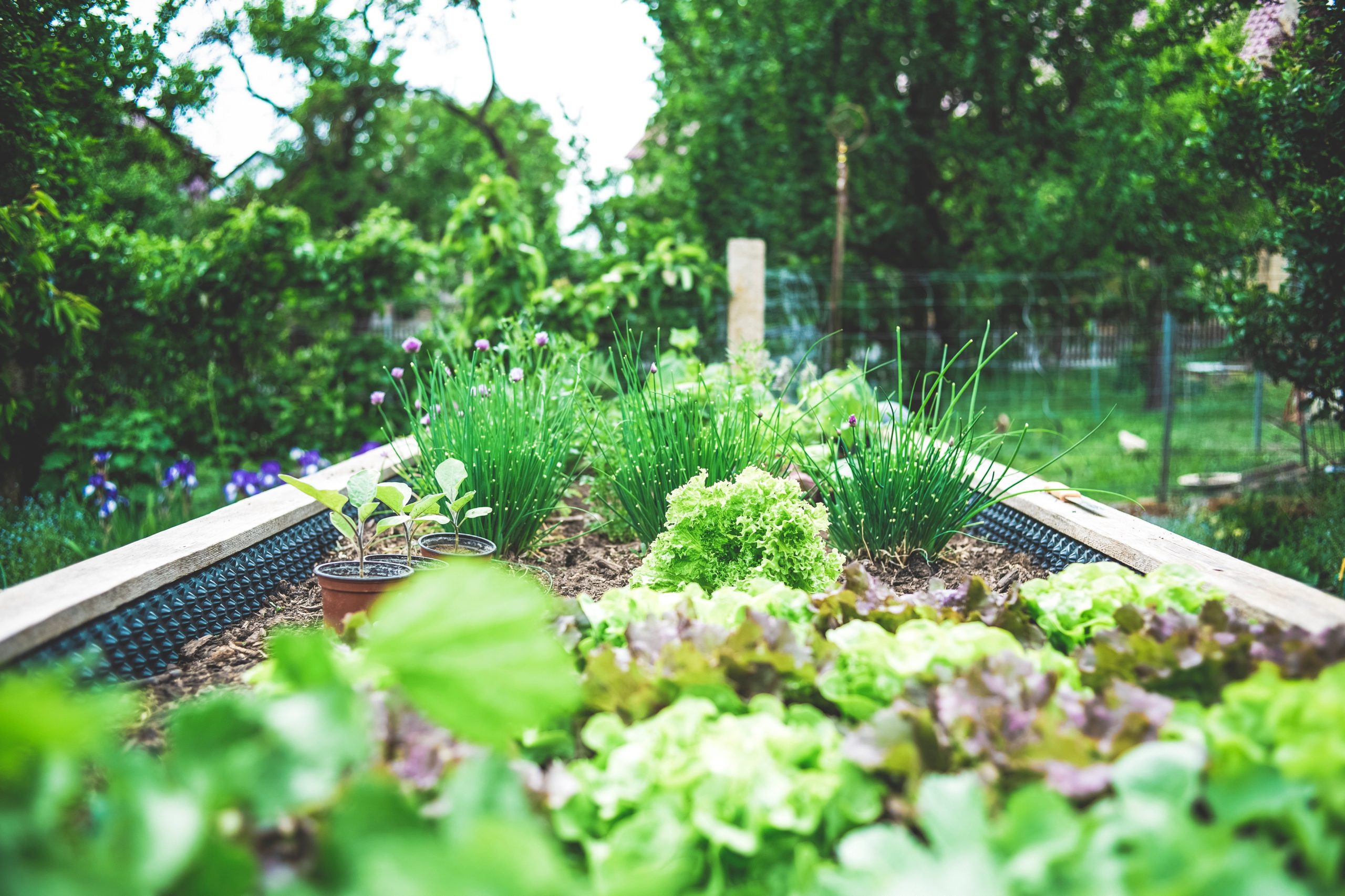Introduction
Growing your own vegetables is a rewarding and fulfilling experience that can provide you with fresh, healthy produce right from your own backyard. Whether you’re a seasoned gardener or a beginner, this guide will provide you with the information you need to successfully grow your own vegetables from seed to plate.
Choosing Your Vegetables
The first step in growing your own vegetables is choosing which ones to grow. Consider the climate in your area, the amount of sunlight your garden receives, and the amount of space you have available. Some vegetables, such as tomatoes and peppers, require a lot of sunlight, while others, such as lettuce and spinach, can tolerate some shade. Make sure to choose vegetables that are well-suited to your growing conditions.
Preparing Your Soil
Once you’ve chosen your vegetables, it’s time to prepare your soil. Start by removing any weeds or debris from your garden bed. Then, add compost or other organic matter to your soil to improve its fertility and structure. Mix the compost into the soil thoroughly, and then rake the surface smooth.
Planting Your Seeds
Now it’s time to plant your seeds. Follow the instructions on the seed packet for planting depth and spacing. Make sure to water your seeds immediately after planting, and then keep the soil moist until the seeds germinate. Once your seedlings have emerged, thin them out if necessary to ensure that they have enough space to grow.
Caring for Your Plants
As your plants grow, they will require regular care to ensure that they stay healthy and productive. Water your plants regularly, and fertilize them as needed. Keep an eye out for pests and diseases, and take action immediately if you notice any problems. You may also need to provide support for your plants, such as stakes or trellises, to keep them upright and prevent them from falling over.
Harvesting Your Vegetables
Once your vegetables are ready to harvest, it’s important to do so at the right time. Different vegetables have different harvesting requirements, so make sure to research the specific vegetables you’re growing. In general, you should harvest your vegetables when they are ripe but before they become overripe. This will ensure that they are at their peak flavor and nutritional value.
Conclusion
Growing your own vegetables is a fun and rewarding experience that can provide you with fresh, healthy produce right from your own backyard. By following the steps outlined in this guide, you can successfully grow your own vegetables from seed to plate. Remember to choose vegetables that are well-suited to your growing conditions, prepare your soil properly, plant your seeds correctly, care for your plants regularly, and harvest your vegetables at the right time. With a little bit of effort and patience, you can enjoy the fruits of your labor all season long.




